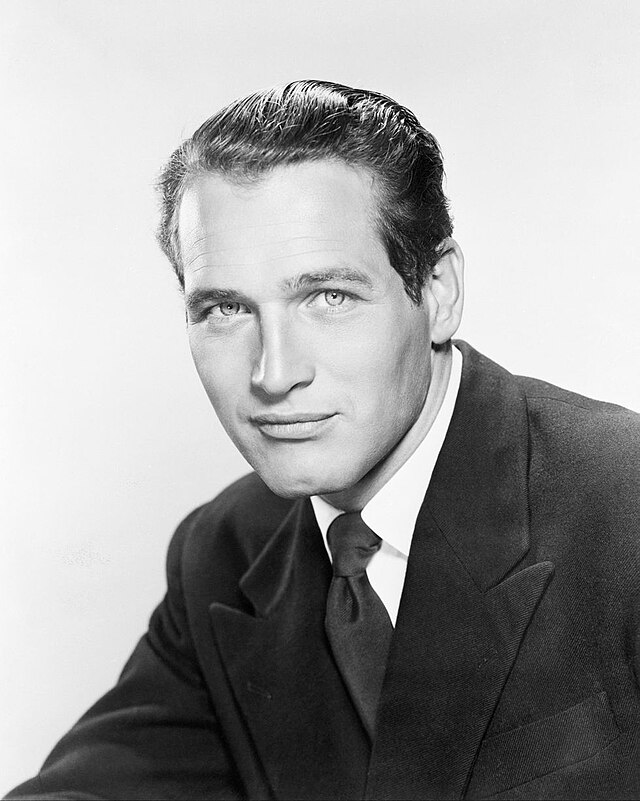‘Paris Blues’ Being Screened as Part of a Celebration of Louis Armstrong’s Film Career
The key scene in ‘Paris Blues,’ at least for those honing in on Armstrong, is when his character gets into a musical cutting contest with characters played by Paul Newman and Sidney Poitier.

Sidney Poitier wasn’t happy with Martin Ritt’s “Paris Blues” (1961), not at all. Writing in his 1981 autobiography, “This Life,” Poitier rued the screen adaptation of Harold Flender’s 1957 novel of the same name, stating that the script was “a one-dimensional concoction.” Most egregious of all was how United Artists forced its hand when the initial storyline involved interracial romance. The studio “chickened out” for the betterment of a public it deemed ill-equipped to deal with such a thing.
Watching Ritt’s movie in 2025, it is surprising seeing just how much jazz trombonist “Ram” Bowen (Paul Newman) is intent, at least initially, on wooing an African American in Paris, Connie Lampson (Diahann Carroll). Before she was an actress, Carroll was a model: The poise she brings to her character is an important component of the picture. That, and she’s gorgeous.
“Paris Blues” will be playing this week at the American Museum of the Moving Image for the Juneteenth holiday and in celebration of that esteemed habitue of Corona, Queens, Louis Armstrong. After the 4 p.m. screening on June 19, a historian affiliated with the Louis Armstrong House Museum, Hyland Harris, will come bearing archival materials to discuss Satchmo’s film career. Mr Harris will likely touch upon how Armstrong changed “the DNA of varying disciplines that were once perceived as being on the periphery.”
Given those parameters, “Paris Blues” is a quixotic choice. Armstrong is at the periphery of Ritt’s movie, playing a thinly veiled version of himself, “Wild Man” Moore. Armstrong being Armstrong, he barrels through the proceedings with the conviviality, enthusiasm, and grace that are among his gifts to posterity. Admittedly, most of Armstrong’s movie roles are modest in terms of screen time: witness his blessed tomfoolery with Bing Crosby in “High Society” (1956) or mixing it up with a young Barbra Streisand in “Hello Dolly” (1969).

The key scene in “Paris Blues,” at least for those honing in on Armstrong, is when Wild Man gets into a musical cutting contest with Ram and his saxophonist compadre Eddie Cook (Poitier). Bear in mind that Ritt’s picture is, on the whole, a love story — or, rather, two love stories — and then allow for the wiggle-room to engage in some cinematic chicanery wherein Armstrong and his band just happen to pop in on a nightclub with musical guns ablazing. Suspension of disbelief in full swing, it’s a rousing moment.
When Armstrong isn’t on camera, “Paris Blues” muddles along in a bland, well-meaning manner. Carroll’s character is on a two-week stay in France with a friend, a divorced mother of two, Lillian Corning (Joanne Woodward). After a fortuitous bumping-into with Ram and Eddie, the two women begin frequenting a local jazz club run by a fetchingly jaded Marie Séoul (Barbara Laage).
Romance comes to the fore, as does a pushing-and-pulling of wills. Both Connie and Lillian want their expatriate charges to return to the States with them. Good luck with that: Eddie relishes the freedom from racial identity that is afforded by Paris; Ram fears that a bourgeois life in a sleepy burg will fetter his musical muse.
Speaking of music, the film’s soundtrack was composed by Duke Ellington and features, among much else, Billy Strayhorn’s redoubtable, if geographically incongruous, “Take the A Train.” Jazz aficionados will take note of the various luminaries peppering the musical interludes and Francophiles will chuckle when Eddie explains to Connie that the old stack of bricks directly behind them is something called Notre Dame. Should one be in the mood for beautiful people navigating a beautiful locale, the dated do-gooderism of “Paris Blues” will do fine.

